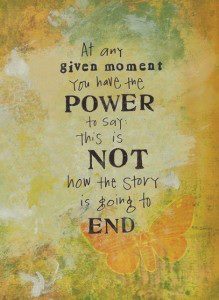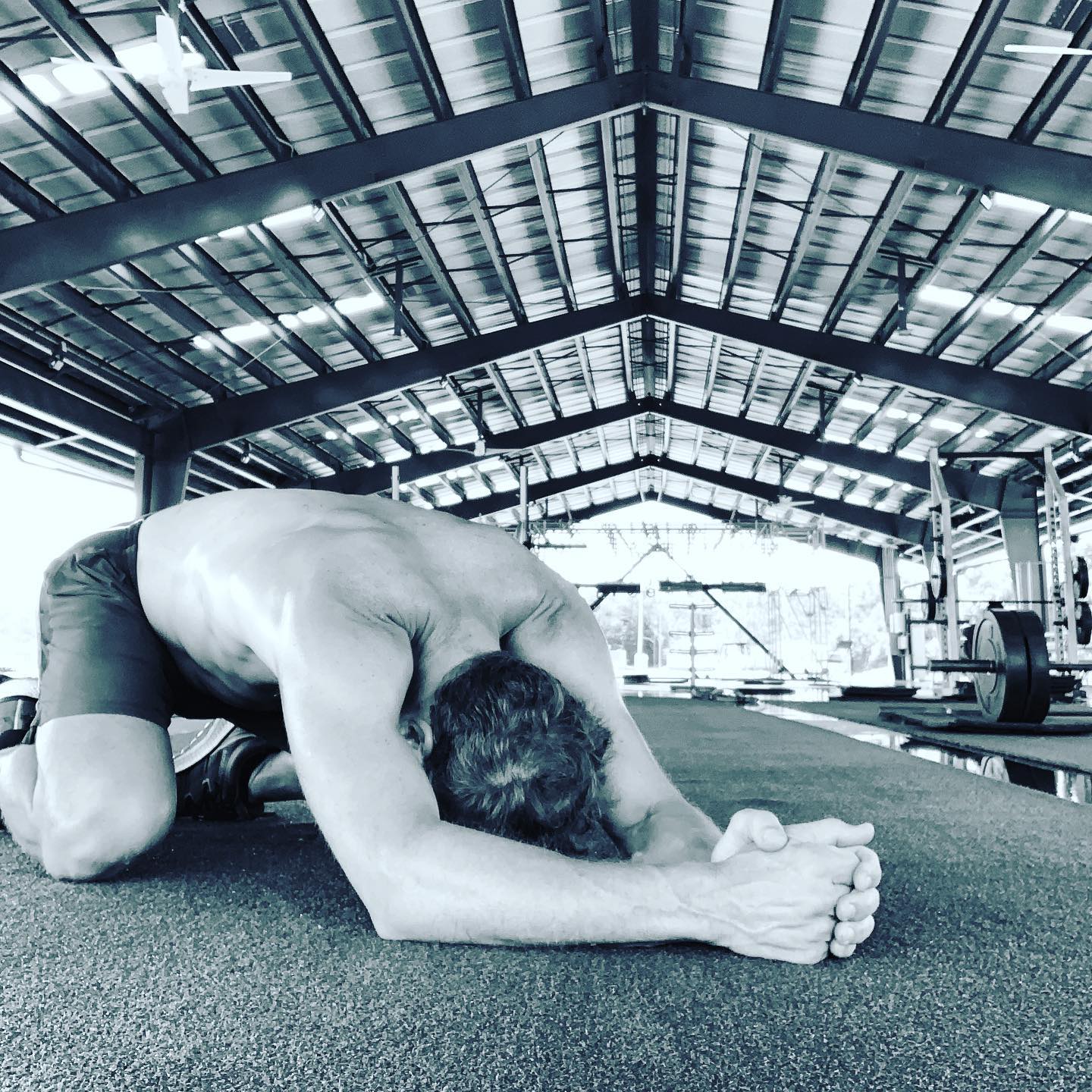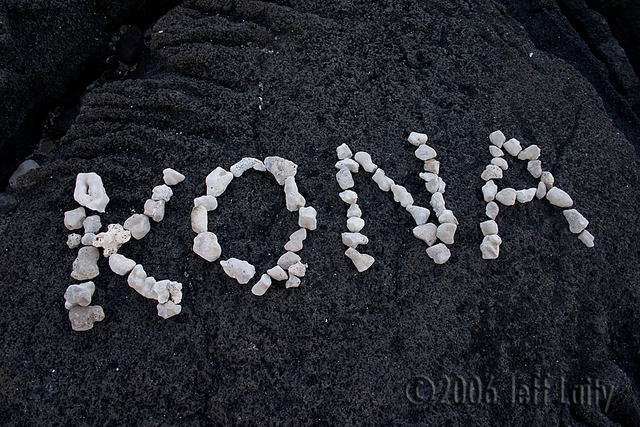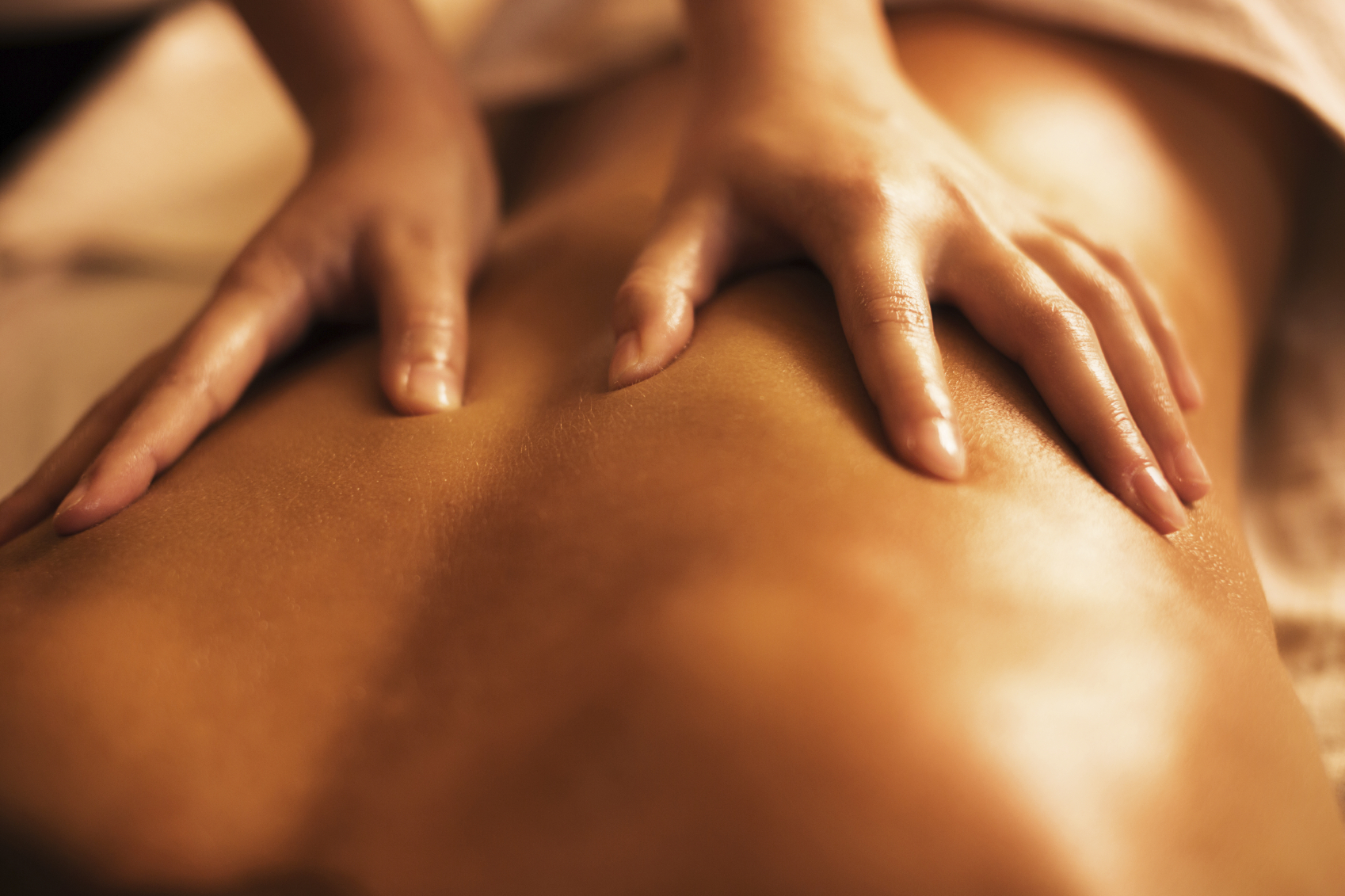3 Top Recovery Tips for the Time Crunched Triathlete
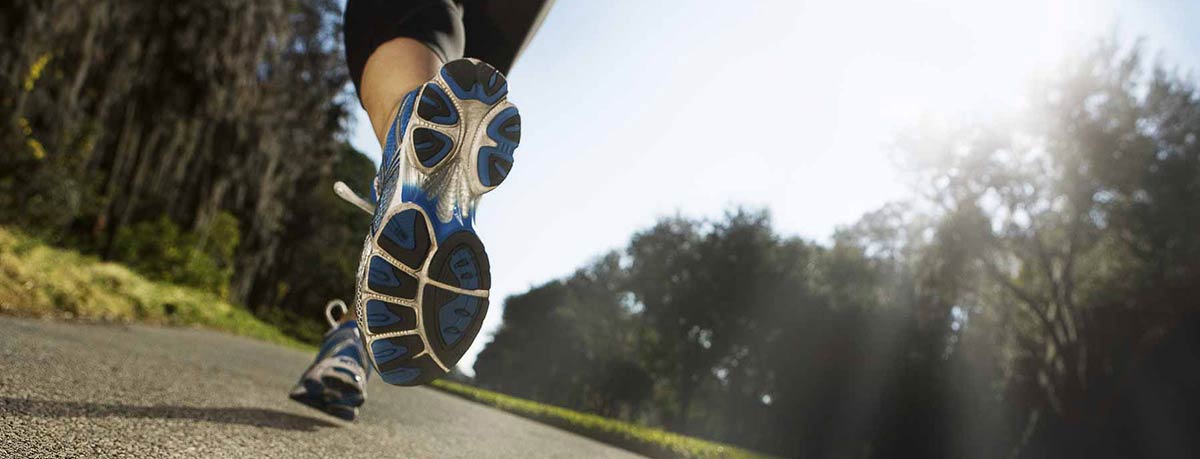
Let’s face it: triathletes are busy, Type A, goal-driven people. Not only do we juggle training for three sports, many of us hold full time jobs, have families, attend school, and more.
The secret to successful training (getting fitter, getting stronger, and avoiding injury) is finding a balance between stress and rest. Physical training provides the applied stress to allow for critical adaptive response. This adaptation occurs in our “off” or rest phase, the time in between our workouts.
Therefore, in order to improve, you must consider your recovery as equally important to training – in fact, it is simply an extension of training.
While there are numerous expensive and time-consuming recovery methods, only a handful are effective, cost sensitive, and realistic for the busy triathlete. Here are my top three recovery tips to incorporate into hectic lives.
1) Sleep
Getting enough sleep is fundamental to athletic performance. While it may be tempting to cut out an hour of sleep in order to fit in your next workout, you may actually negate the positive effects of the training by doing so.
During sleep, the body produces hormones that facilitate the recovery process. If you aren’t getting enough, you are missing out on a key opportunity to get stronger, faster, and fitter.
Most athletes need 7-9 hours of sleep per night, and if you have a heavy and intense training load, you may need more.
Sleep Tips:
- Have a consistent bedtime routine
- Get off electronic devices 60 minutes before bedtime
- Get up and go to bed at the same time each day
- Limit caffeine (by mid afternoon) and alcohol
- Sleep until you naturally wake up as often as your schedule allows
- Take naps to supplement your nighttime sleep and help reduce sleep debt
- A cool, dark room promotes sleep
2) Eat
Food is fuel to your body. So very simply: if you don’t eat well, you will not perform well.
Recovery begins the minute the workout is over with a post-workout snack. Using effective refueling strategies after a training session helps to optimize recovery and promote the desired adaptations to training.
The optimal window for glycogen repletion is within 30 minutes post workout. During that critical window of time, blood flow to the muscles is greater, digestive enzymes are most active, and the muscle cells are more sensitive to the effects of insulin, which promotes glycogen synthesis.
Research shows that athletes who follow the 30-minute rule will store up to three times more glycogen than those who wait 2 or more hours to eat post workout. The faster you replace glycogen stores, the faster you recover.
Ideally, the recovery snack should include 15-25 grams of protein to stimulate muscle protein repair and 1.0 to 1.5 g/kg carbohydrate. This would be a 4:1 or 3:1 CHO/PRO ratio.
A carbohydrate and protein snack immediately after exercise will decrease core temperature, speed muscle repair, rehydrate, improve performance, and restore energy and fuel.
Recovery snack suggestions:
- Low-fat chocolate milk
- Pretzels and peanut butter
- Greek yogurt with granola and fresh fruit
- Fruit smoothie with yogurt
- Low-fat cheese and crackers with sports drink
- Bagel with peanut butter and jelly
- Turkey and cheese sandwich
That said, don’t skip the next meal! Ideally, 90 minutes after the post-workout snack, your body will still need to receive a balanced meal for optimal glycogen repletion and recovery.
Also check out the recovery tips in The Female Athlete’s Guide to Fueling & Hydration for Optimal Performance – Part III: Recovery Fueling.
3) Roll, Stretch, Ice, Compress
During recovery, it helps to keep the muscles limber by having a body in motion. This is especially important if you sit at a desk all day. Lifesport coach, Lucy Smith, explains it well:
“Increasing your flexibility is a way of keeping your body young and supple, and of allowing it to perform better and more pain free. Working on maintaining your body’s unique flexibility will allow you to perform better, recover faster from workouts, and will reduce the risk of injury.”
Body in motion recovery tips:
- Stretch in the shower
- Move around and stretch during the day – even if only for a minute or two at a time
- Prop your feet up on the desk to elevate legs (can be done on a conference call)
- Perform the “legs up the wall” pose with your rear end as close to the wall as it can comfortably go; hold for 5 minutes.
- Wear compression socks/sleeves under you work clothing
- Foam roll your hips and thighs
- Ice areas that are tight or inflamed
In summary, recovery is critical and can be simple – no matter how busy you are.
“Training = stress rest. The most important component of this equation is rest.” —Tom Rodgers

